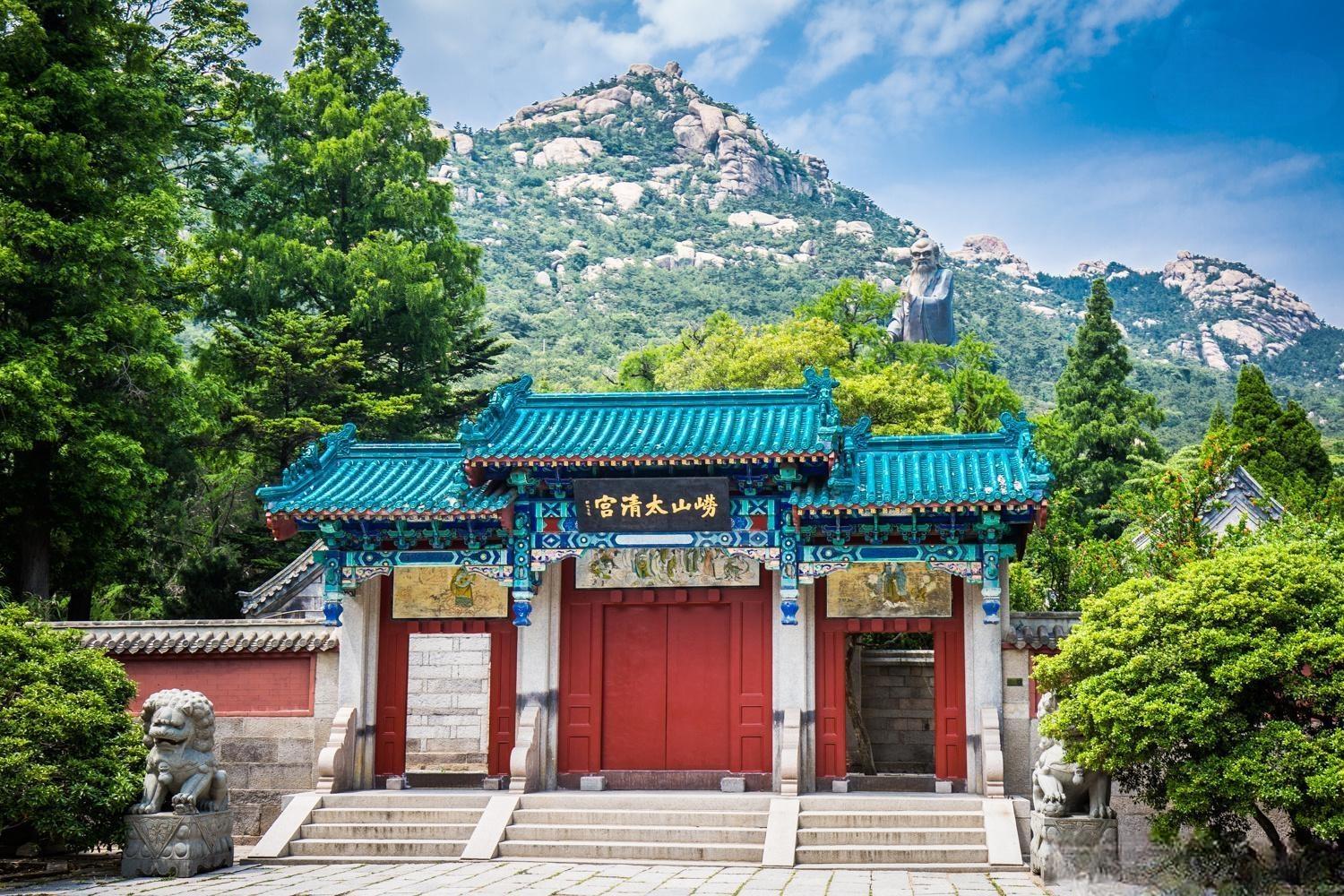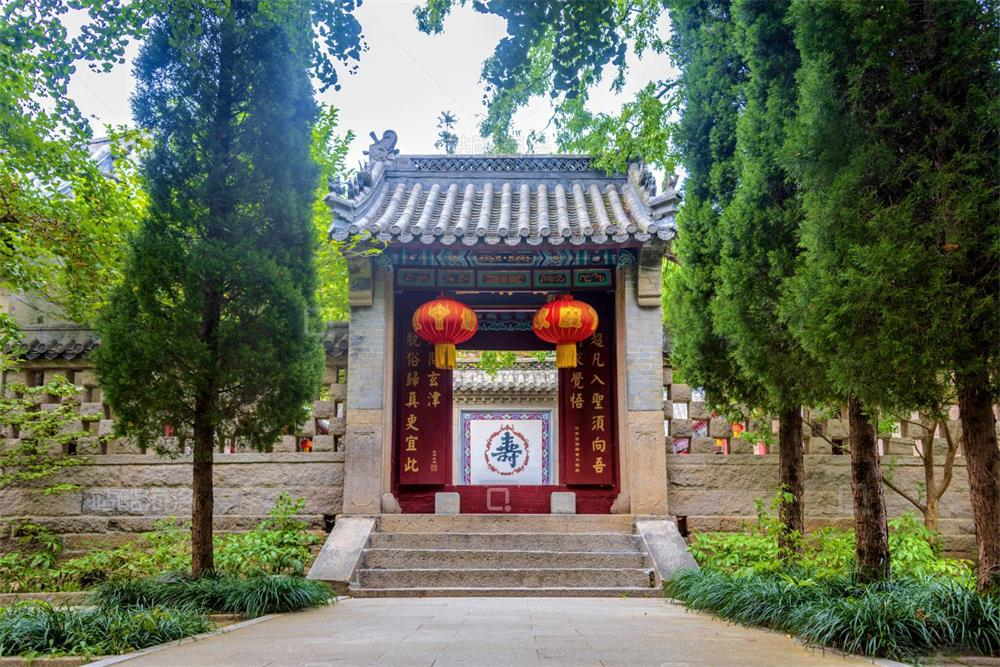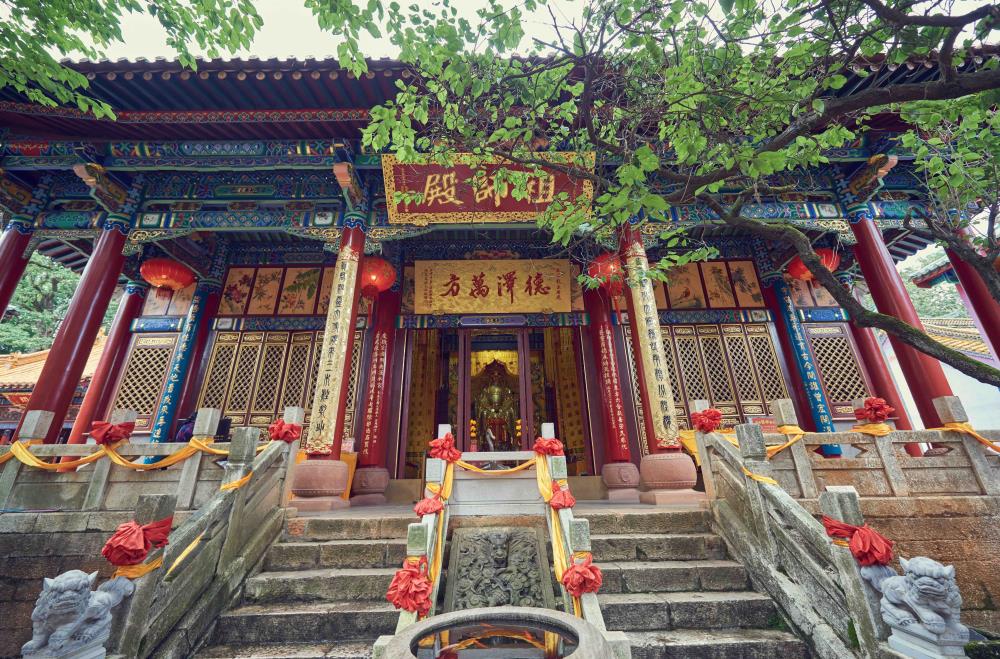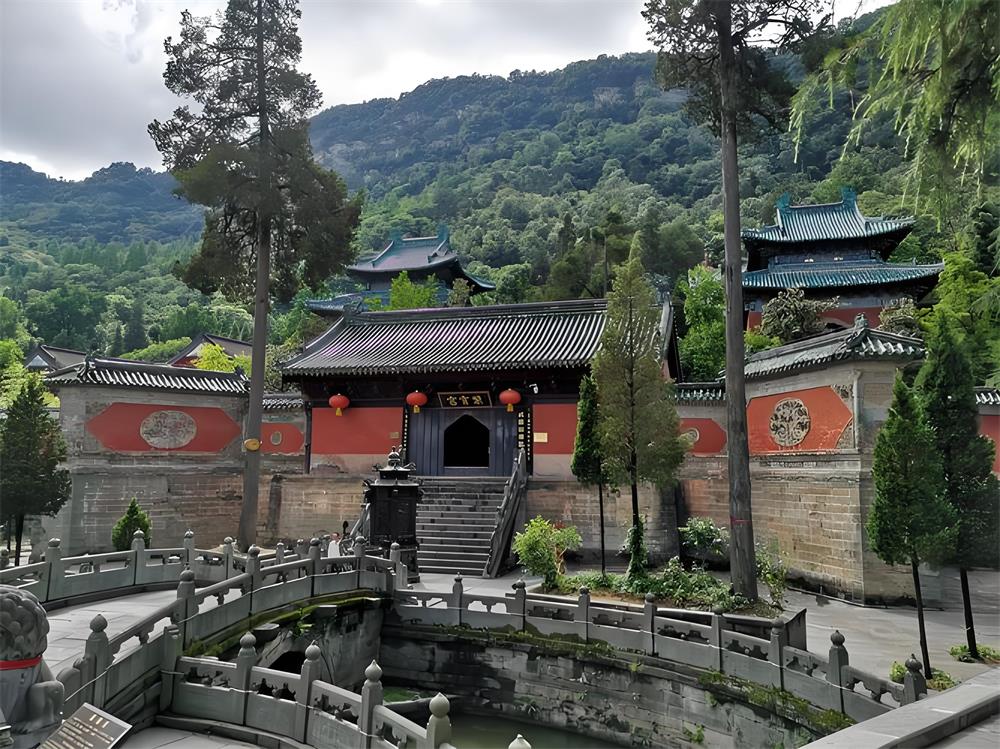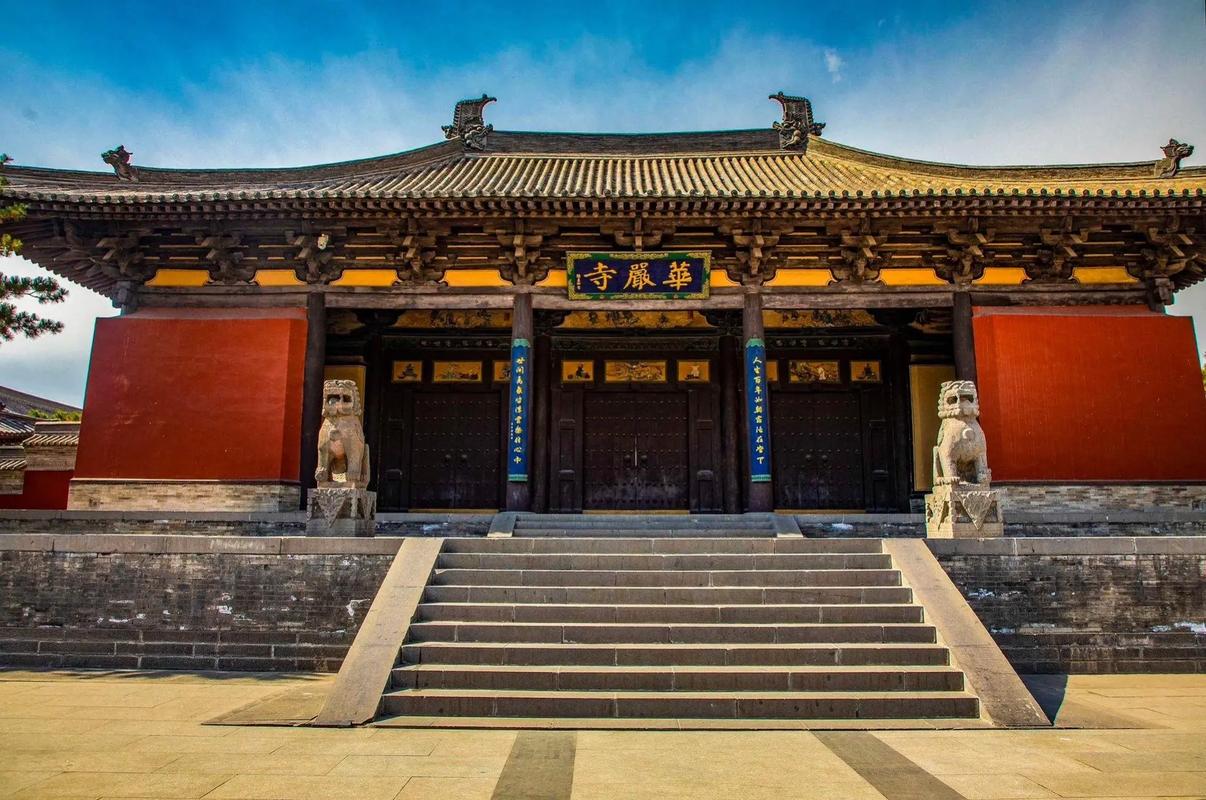Huayan Temple: A Sacred Gem on Laoshan's Hillside
Nestled on the gentle slopes of Naluoyan Mountain in eastern Laoshan, Huayan Temple (华严寺) is one of the region’s most revered Buddhist sanctuaries. Originally established during the Ming Dynasty, the temple was expanded and renamed in the Qing era, eventually becoming a key spiritual site in Qingdao. With its refined layout, ancient trees, and profound silence, Huayan Temple embodies the timeless essence of Eastern wisdom.

The temple follows a traditional four-courtyard design, rising step by step along the mountain. Covering 4,000 square meters, it includes over 120 rooms arranged in elegant harmony with the land. The balance of structure and scenery creates an atmosphere that is both majestic and serene.
A Temple Built in Layers of Light
The first courtyard serves as the monastic residence. The second houses the Scripture Pavilion, where valuable Buddhist texts were once preserved, including handwritten and woodblock editions of The Imperial Encyclopaedia from the Yuan and Ming dynasties. One of the most cherished calligraphy pieces here is a poetic scroll by Master Hanshan, speaking of retreat from the mundane world and resting amidst clouds and pines.

The third courtyard is home to the Main Hall, where statues of Shakyamuni Buddha and Narayan Buddha reside. The architecture features exquisite wooden brackets, traditional roof tiles, and sweeping eaves, representing classic Chinese artistry. The fourth courtyard is the Hall of Compassion, dedicated to Guanyin Bodhisattva, along with a small ancestral hall honoring early temple abbots from the Linji Chan tradition.
Nature and Spirit in Harmony
The temple grounds are lush with ancient pine, ginkgo, flowering plum, and seasonal blooms like magnolia, peony, and azalea. Ganyu Spring, a clear well under the eaves, has nourished monks and pilgrims for centuries. In the western courtyard lies a seven-story brick pagoda, known as the “Pine Embraced Stupa”, where the first abbot Master Cizhan is interred. Nearby, a second stone stupa honors Master Shanhe. Between them flows a quiet stream beneath bamboo roots, feeding a square release pond for prayer and blessings.

The entire temple is surrounded by poetic stone inscriptions etched into the cliffs, bearing names such as “Misty Heights”, “View of the Tides”, and “Fortunate Land of Huafeng”—offering spiritual reflection through nature’s lens.
Fengshuicharm and the Living Spirit of Huayan
At Fengshuicharm, we honor the ancient wisdom found in both Taoist and Buddhist traditions. Though our roots lie in the Taoist temples of Laoshan, we often draw guidance and peace from places like Huayan Temple. In Chinese tradition, Buddhism and Taoism are spiritual siblings, often sharing the same mountains, rituals, and visions of harmony between Heaven and Earth.
When we visit Huayan Temple, we offer quiet prayers not only for inner clarity, but also to bless the charms and spiritual tools we create. The sacred energy of the temple—the chants, the incense, the flow of spring water—infuses everything with stillness, compassion, and light.
Whether you seek protection, wisdom, or simply a moment of peace, know that the spirit of the mountains—both Taoist and Buddhist—walks with you through every step of your journey.


